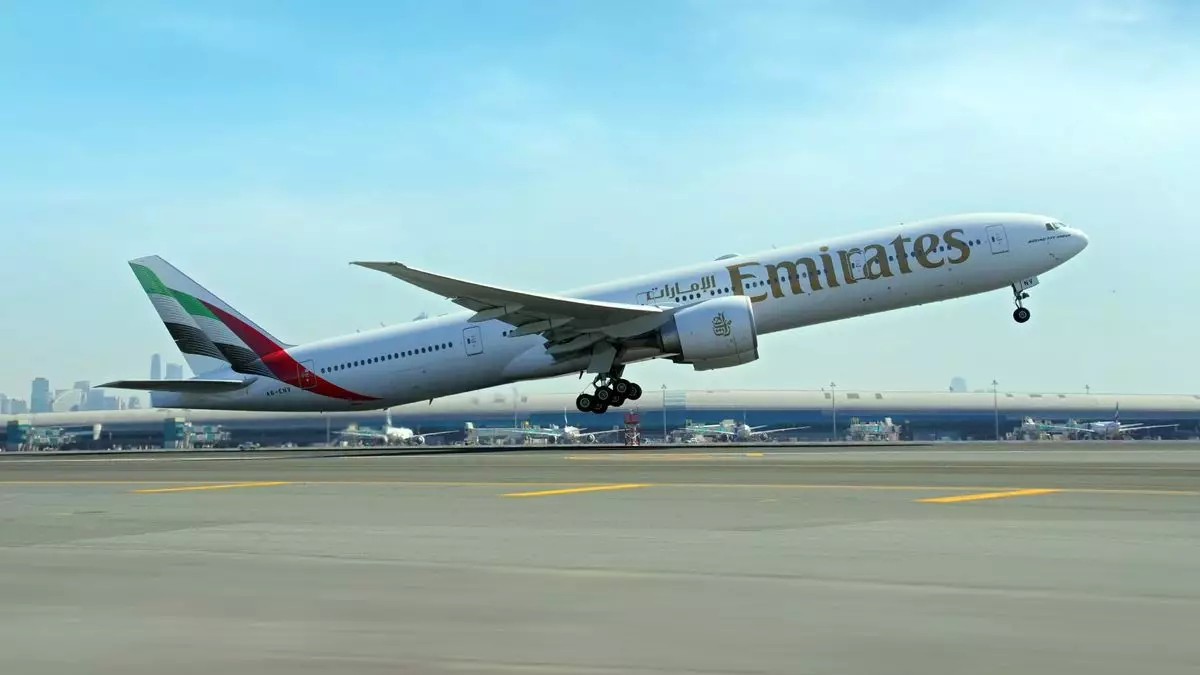As the global air travel landscape grapples with the consequences of geopolitical tensions, the ongoing Iran-Israel conflict significantly impacts flight operations across the Gulf states and neighboring regions. Even in the wake of a ceasefire announcement on June 25, airlines have demonstrated a marked reluctance to traverse Iranian airspace. This decision highlights both the fragility of air safety protocols and the deep-seated anxieties surrounding regional conflicts.
Flight-tracking services like Flightradar24 have illustrated stark patterns in airline routes, revealing a notable trend of carriers circumventing Iran in favor of northern and southern alternatives, despite the ostensibly clearer skies. Such measures reflect not only a response to immediate hazards but also an intrinsic caution among airlines and passengers alike, indicating a lasting shift in travel behaviors even amid potential de-escalation.
Implications for Major Airlines
The ramifications of these airspace decisions have been especially pronounced for major Gulf carriers, including Emirates and Qatar Airways. As Ian Petchenik, Flightradar24’s director of communications, indicates, the reluctance to utilize the Iranian overpass has resulted in extended travel times—often increasing by 45 to 90 minutes depending on the chosen alternative routes. For travelers, this translates to not just longer flights but also potential inconveniences, from altered scheduling to increased fatigue.
Additionally, airlines face an increasingly congested airspace as they adjust flight patterns. While air traffic control agencies appear to manage this challenge effectively, the risk of congestion is undeniable. The presence of large aircraft in tighter, alternative pathways could create bottleneck scenarios, complicating operational logistics further. Despite the challenges, analysts note that major airlines have adapted by allowing ample turn times, maintaining schedules to mitigate disruptions, and avoiding customer dissatisfaction.
Shifting Air Traffic Dynamics
Air India exemplifies another dimension of this situation, as the airline recently suspended services to Europe and North America amidst the escalated conflict, only to cautiously resume them but with diverted routes away from Iranian airspace. This is compounded by India’s ongoing restrictions on flying over Pakistan, culminating in a complex web of altered air travel paths that inhibit efficiency. As John Grant from OAG points out, the new routing does allow airlines to preserve some flexibility, yet it reinforces a trend of airlines consistently adapting to ensure operational viability amid chaos.
This reshaping of air travel dynamics reflects how deeply interconnected the global aviation system is with political events. With each carrier modifying its approach to navigate political landmines, the aggregate effect can lead to a more fragmented system of air routes that challenge the profitability and efficiency that airlines strive for.
Impact on Traveler Sentiments and Future Projections
Although operational adjustments are critical, the influence of geopolitical turbulence on traveler sentiment remains less predictable. The immediate suspension of services by U.S. carriers to Israel starkly contrasts with the adaptations made by regional airlines. As Tel Aviv airport resumes operations, the haunting question remains: how deeply has confidence in air travel been shaken?
The future of travel demand across the Middle East appears fraught with uncertainty. Jens Flottau, the executive editor of commercial aviation at Aviation Week, anticipates a short-term dip in demand, suggesting that travelers may hesitate to return to these critical transit points. As travelers weigh their choices in light of ongoing uncertainties, the question of how destinations will rebound post-conflict looms large.
This evolving landscape showcases the airline industry’s remarkable resilience but also underscores the unpredictable nature of global travel in the face of geopolitical conflicts. The scrupulous balance between safety, efficiency, and passenger comfort will continue to shape the trajectory of airline operations, as both airlines and passengers navigate this volatile terrain.


Leave a Reply